This is part four in a five part series. You can check out the previous article on the power of branding here.
I finally got around to watching the movie ‘Argo’ the other night. The bluray has been sitting in the wrapper since Black Friday – 2016. The film tells the story of a CIA operative who goes into Iran to rescue hostages under the guise of being a movie producer on a location scout. You can probably see the connections to web series already…
The parallels between this film and to the discussion in this section are crazy. In ‘Argo’ the success of the mission is centered on their ability to convince the Iranian’s that their fake film is in fact a real film. Aside from optioning a real script and attaching a real big name producer they create a real poster and real storyboards for the scene they plan to shoot in Iran. They even go as far as creating a lavish press event, complete with a table read of the script for the purpose of getting press in the Hollywood Reporter.
In essence they played off their audience having not seen their film and convinced everyone that ‘Argo’ was a legitimate Hollywood production without filming a single scene. This is a testament to the power of looking the part.
So you as a producer of an unseen web series have engaged with a community, you made it easy to find and watch and you even went as far as to include a couple of people with a following into your show. It’s still not enough. Your show needs to look the part of a Hollywood production, without actually being a Hollywood production.
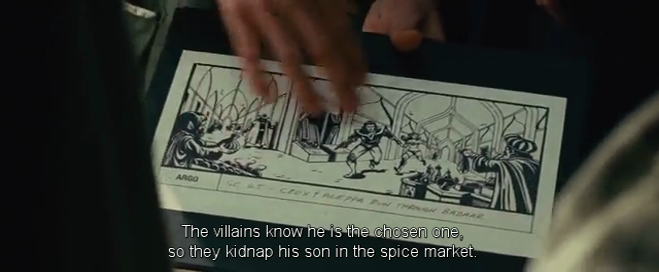
Now you are probably thinking, I think my show looks good but I just don’t have the budget to produce the same amount of content at the level audiences are used to seeing on television or in the theaters. This is an issue that you as a web producer will likely never be able to get around. Fortunately a viewer is going to have to get 90 minutes into your series to find out you didn’t have the budget for minute 91.
It might be difficult to imagine, because we as filmmakers think of our work as a whole, finished product, but a prospective viewer doesn’t think that way. The prospective viewer is in the dark, unsure of what they are getting into and open to manipulation.
Manipulation has a negative context, so what we really mean is selling.
Before your viewer sits down to watch your show you have to sell it to them. The only thing they know about your show is what you tell them – the things you show them. They don’t know that half of the show is just two actors in a single location; they don’t know that the pseudo-celebrity that you put on the poster only appears for a five second cameo. Use this to your advantage!
In ‘Argo’ the characters used this strategy to get through airport security in a hostile country. You simply have to use this strategy to get your potential viewer to give your project a chance.
In this topic there are two categories of reasons why you will lose viewers, and all of them relate to missed opportunities and not thinking about your show in the same way your potential viewers are.
Your Promotional Materials Weren’t Good Enough
The promotional materials are items I refer to as anything that helps tell ‘the ADD version’ of your series. This goes for every stage of your production, starting with your logline and synopsis down to your trailer.
Speaking of your logline and synopsis, don’t shrink your world or limit the potential scope of your project in the minds of those who read it. It’s common to hear about the challenges productions faced and over came and as impressive as they may be to some filmmakers and grandparents, to a potential viewer the fact that you spent $500 on the entire production is a reason to click away – not a reason to watch.
So you need to look the part, and play the part of a legit Hollywood production. Sure you aren’t going to have the set pieces, the film stocks or the recognizable faces, but everything you allow the potential viewer to come into contact with should be indistinguishable from the big budget version.
As a marketer of a product you need to think about the way in which a potential viewer learns about your show. What is that first point of contact? For many people it will be your poster or at least some graphic image that might show up in their Facebook feed. Think about the funnel that your potential viewer needs to go through in order to reach the finished series on the other side. That funnel will include things like logos, promotional images, video clips, press articles, interviews all the way on down to your trailer and ultimately the thumbnail on your first episode.
Having a great poster is one thing, but it’s all the other stuff that is the most troublesome. It’s important to put your show out there as often as possible, but it’s also important that every one of those points of contact is completely professional, slick and ready to sell your content to whoever sees it. A rough banner graphic is just begging to be ignored forever. When I get tweeted a video with an awful thumbnail I usually don’t click and neither will your potential fan base.
You Didn’t Lead With Your Best Stuff
This issue is a little ethereal so let me be more specific. When I was a kid I was a huge fan of Stargate SG-1… good times right? I was super stoked for the spin off series ‘Stargate Atlantis’ when it was announced and I remember sitting down to watch the pilot episode without knowing too much about where the story was going to go. From the top, the series lead is Robert Patrick – most well known for his role as the T1000 in Terminator 2. He would make for a perfect – albeit expensive casting choice to play the military leader of an expedition into deep space. The story unsurprisingly also follows a couple of young unknown actors who have to take a backseat to Robert Patrick’s character while simultaneously butting heads with him. It came as no surprise late in the pilot when Patrick’s character met his demise, thrusting the characters played by unknown actors into the forefront of the story.
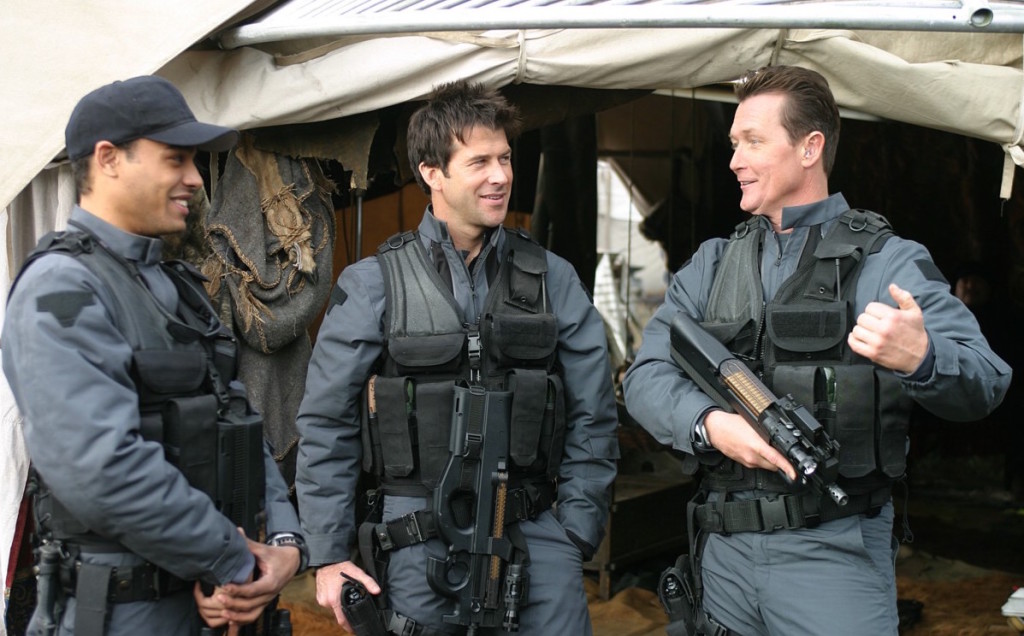
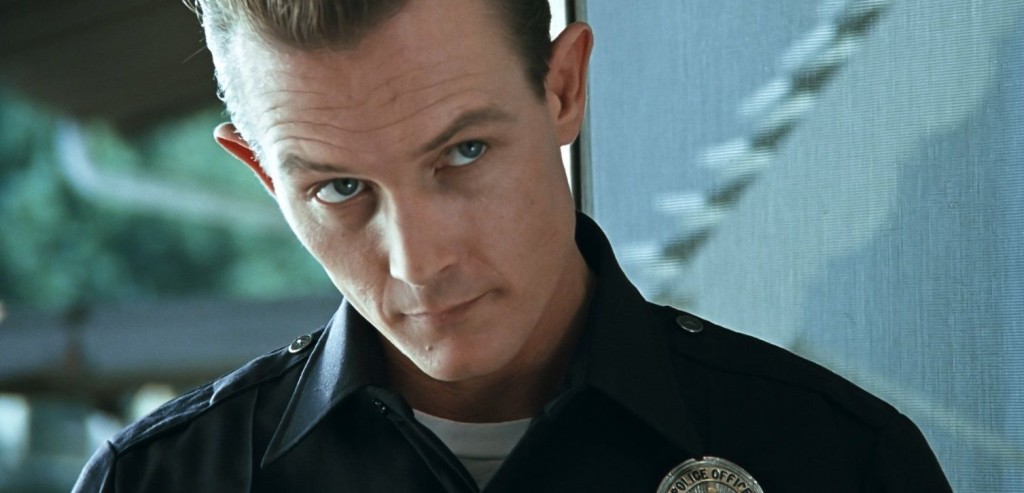 This is a classic ‘bait and switch’ where the marketing promotes a big name actor but ultimately production writes a story they can center around young, cheap unknown talent.
This is a classic ‘bait and switch’ where the marketing promotes a big name actor but ultimately production writes a story they can center around young, cheap unknown talent.
When we budget our series we have to make tough choices about where we are going to put our time, money and effort. There are the things we get for free, the things we spend hours refining, things we throw money at and then there is everything else. When you put together your promotional package you need to focus on the very best of what you have.
When you are cutting that trailer – your entire 60 minutes series broken down into 90 seconds – those better be the best 90 seconds you’ve got.
Did you blow something up? Put it in the trailer.
Did you cast a known actor in a cameo role? Put him in the trailer.
Did you spend hours blocking and rehearsing some epic camera movement for a pivotal moment? Put it in the trailer.
Whatever you consider to be your highest level of production value should be at the front of your trailer and the start of your series. You often have just a precious few seconds of audience attention before they click away – don’t lose them.
Remember, your audience will not know that your series is really just two characters sitting in the same room for 85 of those 90 minutes until they watch all 90 minutes! This isn’t to say that the bait and switch is ‘ethical’ or necessarily even good storytelling but it is smart, and if you believed in your project enough to produce it you should believe in your project enough to sell it.
Sure some people may feel a little misled but they are just a subset of viewers who watched your show who otherwise wouldn’t have. Hollywood and the film industry has been a game forever. When I took screenwriting in college half of the relevant information our instructor shared were his little tricks for getting his work in front of the right people. As silly as that sounds Hollywood producers – not unlike modern viewers – are drowning in content vying for their attention, and setting boundaries and putting up walls is the only way to filter through it. Remember that your audience has a countless number of things on their plate at any given time, and that it’s your job to convince them to move your project to the top of that list.
Continue on to the fifth and final article in the series: ‘Deliver the Goods’ (9-18-18)

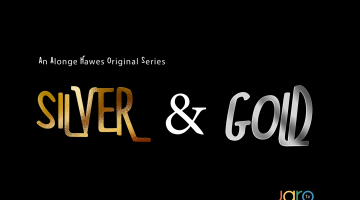





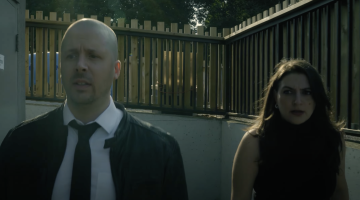
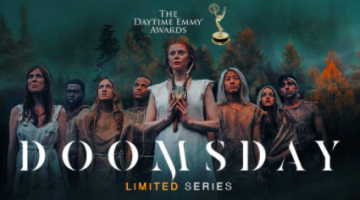

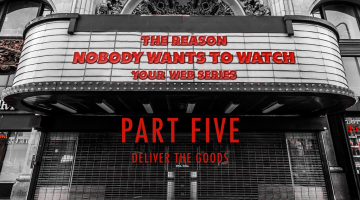
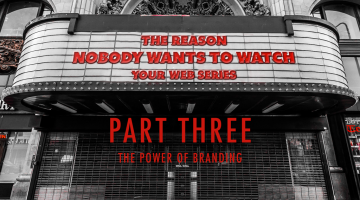
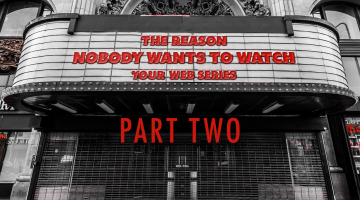
No Comment